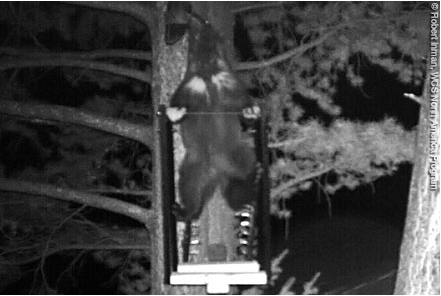Last month, the inimitable Doug Chadwick gave an interview on Wolverines to Jessica Knoblauch, content producer at Earthjustice. As always with Doug Chadwick, it was interesting stuff. The conversation is available as a podcast or in transcript. Here’s the lead-in and link to the interview . . .
Doug Chadwick is a wildlife biologist and journalist for National Geographic. As a volunteer for the Glacier National Park Wolverine Project, Doug helped researchers track wolverines, fierce members of the weasel family who regularly face down grizzly bears and eat entire bones for dinner. Despite their ferocity, both climate change and trapping threaten the wolverines’ existence.
